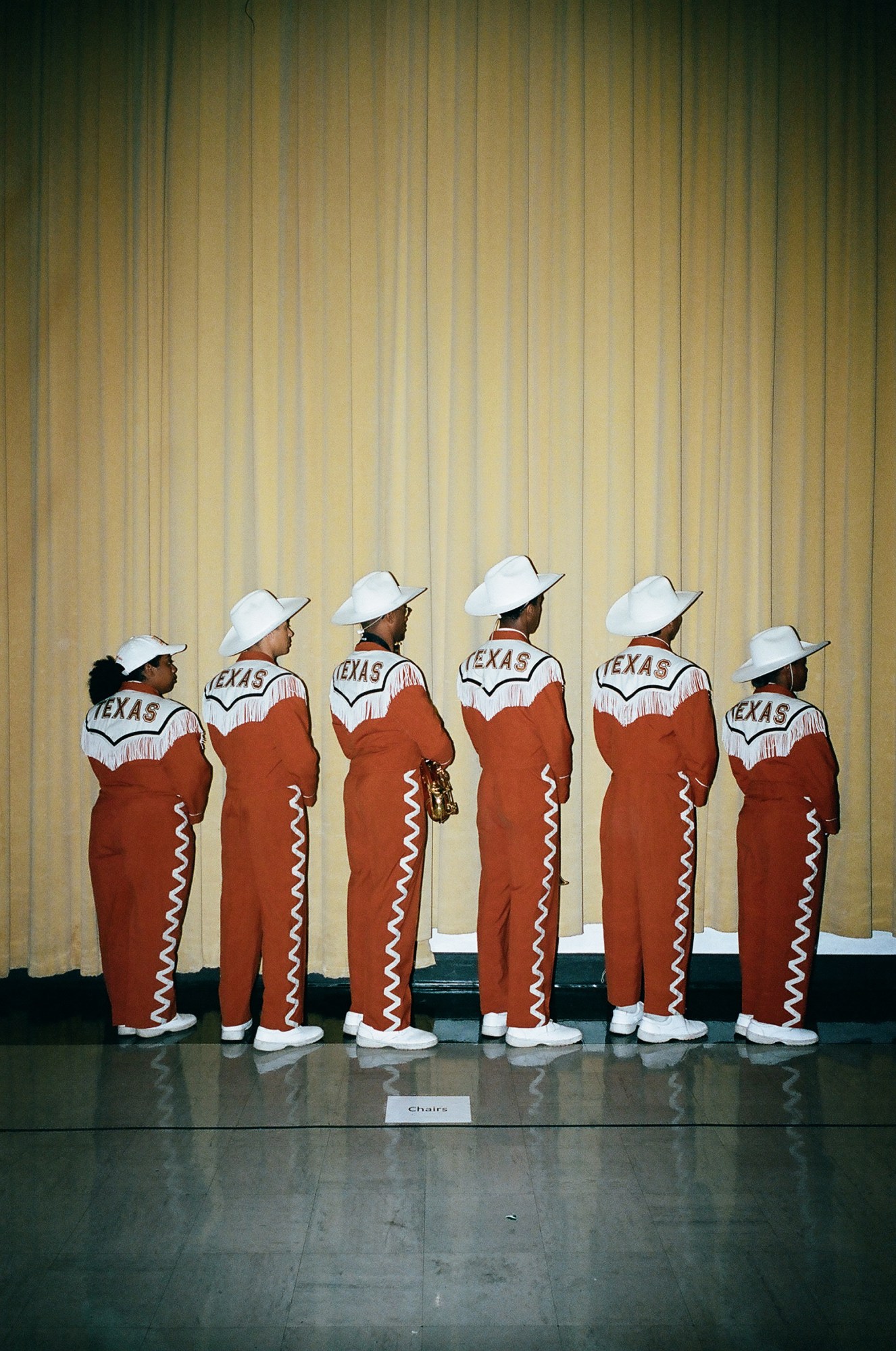The drive from Waco to Austin takes about two hours, but for Adraint Bereal, who grew up in a predominantly black and Hispanic community in Waco, attending a high school with “people that look like me, identify with the same things I did,” arriving at the University of Texas in Austin was “like night and day.” On a campus of 52,000, just 4% of UT’s students are black.
Discovering the statistics through an extra-curricular photo project initially intended to explore black men and femininity, the 21-year-old landed on the title 1.7 — 1.7% is the number of black men at UT — and began photographing and interviewing guys across campus for an exhibition at the George Washington Carver Museum.
A multi-disciplinary creative, Adraint first began taking photography semi-seriously after placing in a photo competition while a high school senior. “My mum bought me a camera and I started taking pictures here and there,” he says. “I hated it for a while, but I fell back in love with it at college.”
Unshaped — consciously at least — by established photography figures, his influences instead are music and colour: the former an aid for visualising landscapes, the latter a tool to communicate feelings. “I remember the first time I experienced a death in the family and my entire family wore purple to the funeral. The things I felt that day still sit with me when I think about the colour purple.”
The follow up to 1.7, The Black Yearbook is similarly informed in this way. Highlighting the experiences of the university’s wider body of black students, it features over 200 images and 100 interviews, and Bereal defines the project as a fine art piece, intended to communicate the nuances traditional yearbooks can’t. Here Adraint discusses his projects, photographing his peers and goals for post-graduation.
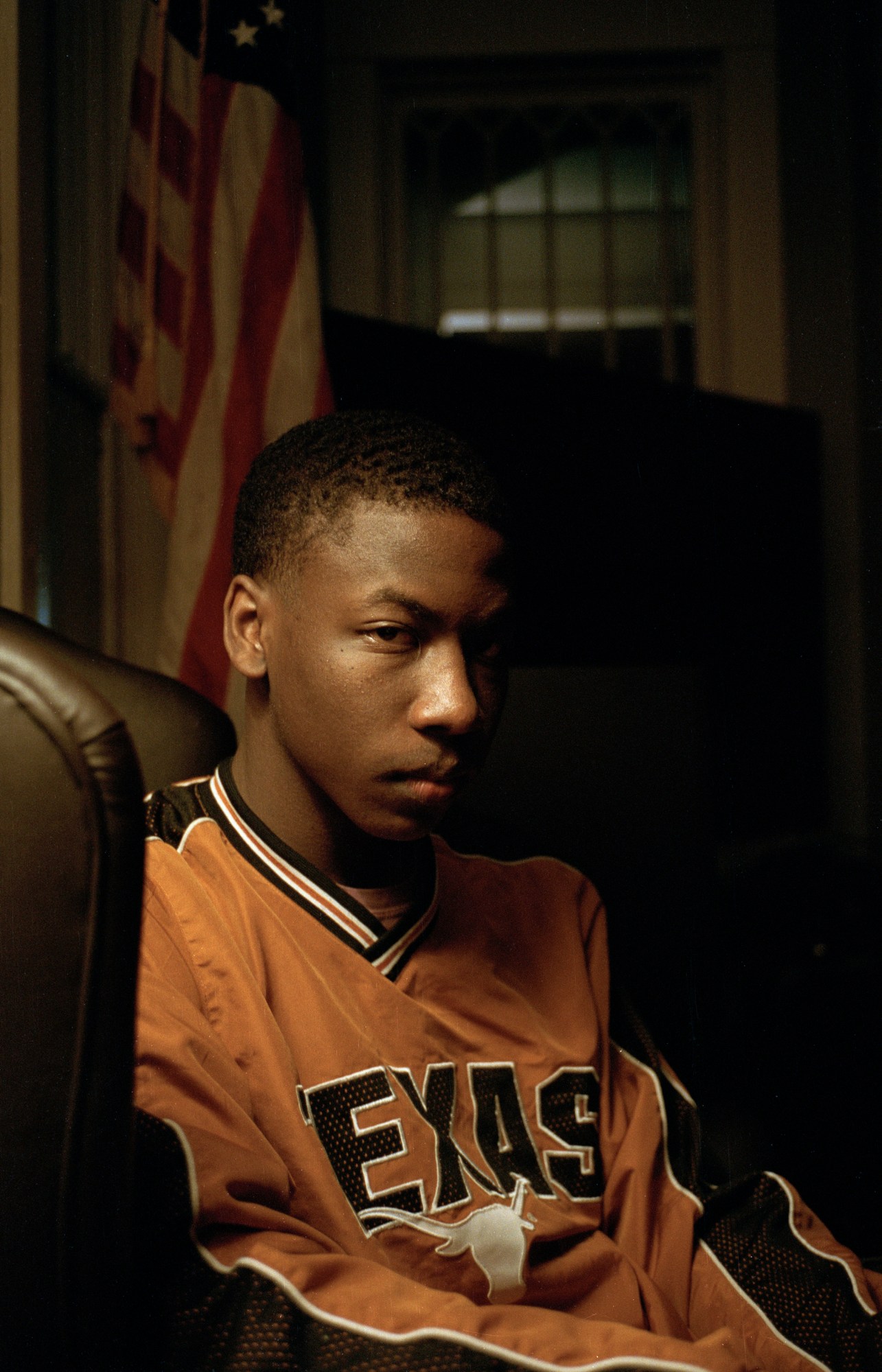
How did 1.7 begin?
It wasn’t something I knew I was doing until I was doing it. At the end of junior year I enrolled in an advanced photography course. I had no idea what I was doing — usually it’s just seniors working on their thesis — so it was a big learning curve. I wanted to talk about black men and femininity, but the work was shaping out to be something different. I realised I was focusing on the experience of black men in general, and that led me to asking ‘what are the numbers of black men at UT?’ From there I started meeting different black men, showcasing 1.7 last spring.
Which subsequently led to The Black Yearbook…
I saw the impact 1.7 had on students. When I was throwing that number out there a lot of people were like ‘where did you get this information, that’s not possible’ and I was like ‘it’s true, the numbers are public’. It shocked people, even in the community, so I felt the need to open it up and share this experience with all black students. The Black Yearbook really aims to showcase a holistic look at our experiences.

How did you approach the title?
It came to me randomly, but over time I’ve found ways to reinforce it. When you look at traditional yearbooks, the idea is to showcase an experience that is exciting, diverse; it tells the truth but not too much of the truth, and I wanted to create a juxtaposition by calling it this.
What was the casting process like for the two projects?
My friend Simona helped me, and honestly she crushed it. She helped me find stories I’d never heard before, people I’d never met, parts of campus I’d never explored. The casting was important because there’s this idea, externally, that this is what a black person looks like, this is what a black person does, sounds like, acts like in public. That idea is so enforced by popular media, and so, this project really is trying to dismantle that, because blackness isn’t a monolith.
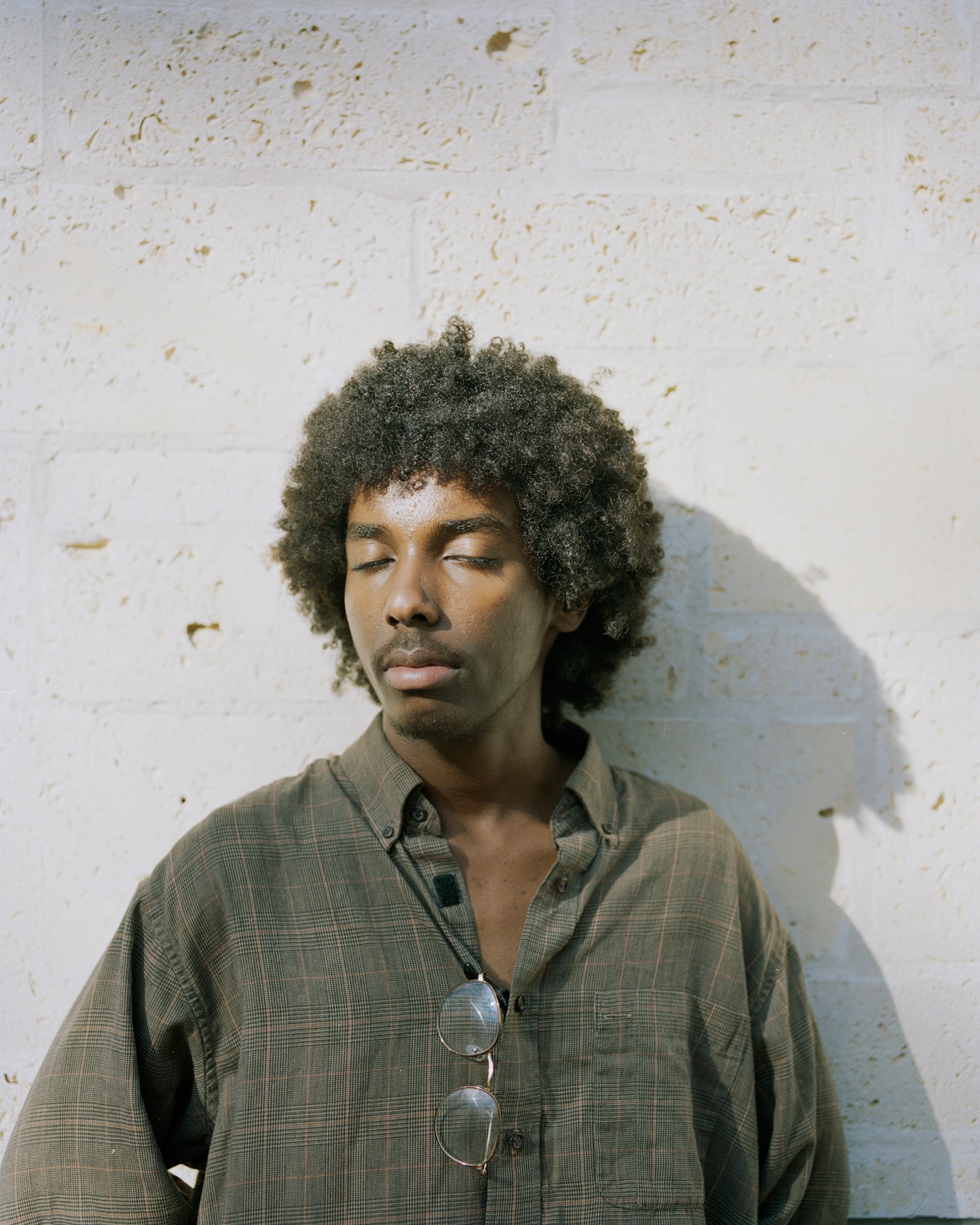
How have your peers engaged with the work?
Positively. The number one concern has been making sure I receive a diverse set of interviews and imagery that can speak for the larger body of students. I try to create a safe environment, which I think has helped get honest responses. Every now and then there’s an article through our student newspaper about experiences of black students, and a lot of those interviews are fishing for what the publication wants to hear, but I’m not looking for anything in particular, I’m just trying to hear people out.
Biggest surprises so far?
Just the support of my peers, family, and people I don’t even know: alums that want to see the project completed. A lot of times when projects like this are started, it’s like ‘oh, the minorities are doing the minority thing again, let’s give them a few pats on the back’. It’s really difficult to receive validation in this area, but that support has been the biggest surprise, and that I was even able to get this off the ground.
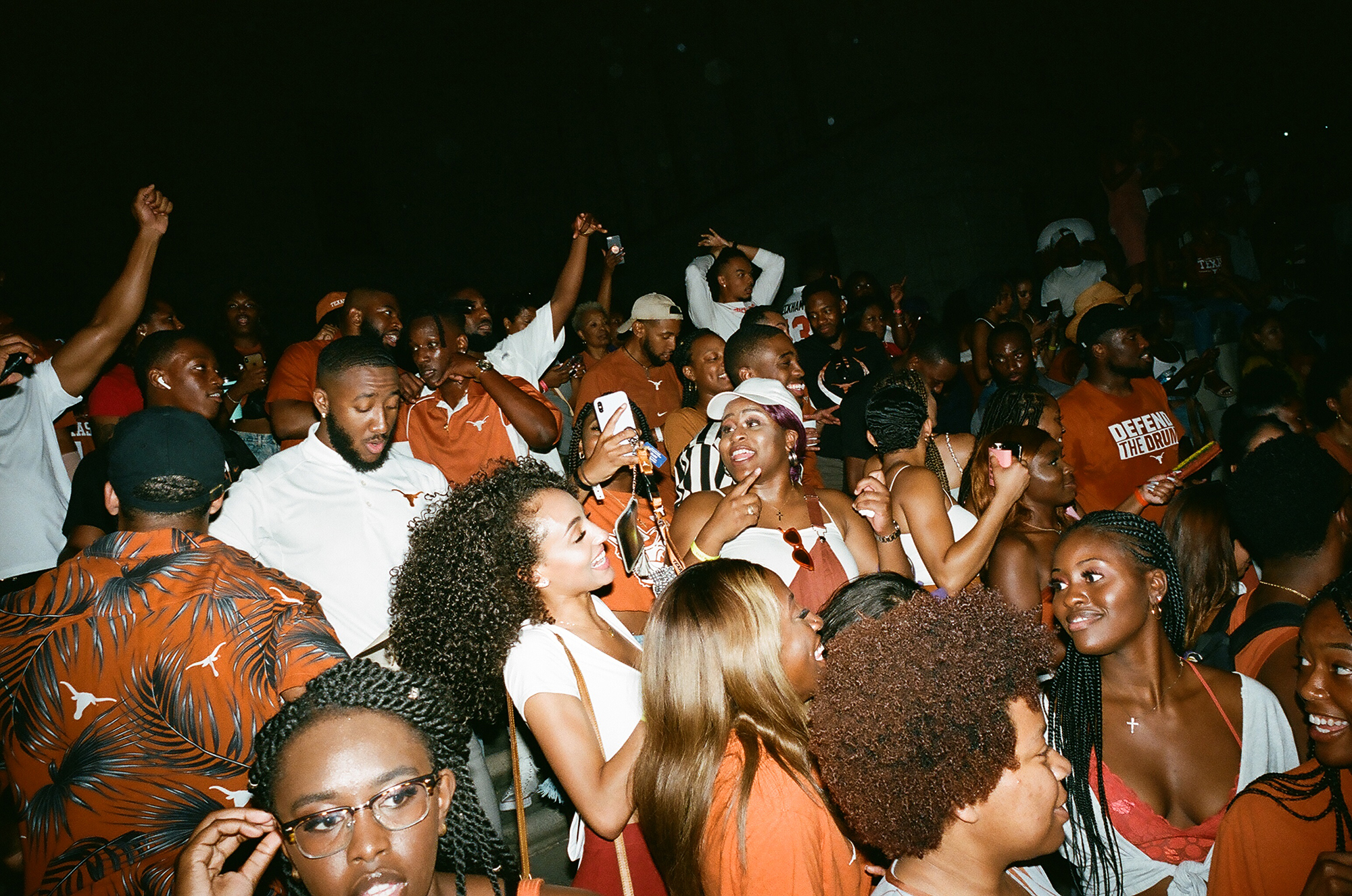
Who’s your audience?
It’s pretty multifaceted, but my immediate audience is black students — this is for us, for them. I want black students to know there is someone [else] experiencing the same things across campus. With that comes acknowledging that no community is perfect, so it’s also creating opportunity for black students that don’t agree on particular issues to better understand each other, without going back and forth through socials.
And your dream audience?
Oh gosh, James Baldwin. I would love to hear his perspective on all of this, to know what his response to it would be. I just finished The Fire Next Time, that book threw me for a loop and I’m still trying to understand it. Yeah, if I could give him a copy that would be great. But someone living, Jay-Z. One thing he said in an interview recently stuck with me — he wants to walk into every room as himself, and I think there’s something to be said about that. I’ve experienced imposter syndrome where I’ve felt like I need to code switch, and a lot of other black students feel the same way.

You graduate in May, what’s next?
Moving to New York and pursuing a career in photography, but I’m trying to figure out what else. In so far as larger creative endeavours, I’d like to start a creative lab, because I’ve always been a little all over with my creative endeavours, so I like the idea that you can do a lot of experimentation, exploring ideas, working with brands.
Why specifically brands?
The idea of a brand has evolved so much in the last 10 years. Everyone thinks it’s Walmart, Disney, etc… but individuals are starting to become brands. A prime example is Fenty, and in a completely different ballpark, we just saw Jalaiah Harmon finally get her flowers. A lot of pop culture is influenced by black people — memes, catchphrases, fashion — and I wonder what the experience would be like for those people if they were able to capitalise on those things. We see it all the time, but that’s something I would love to do someday, help people expand their brands as individuals.
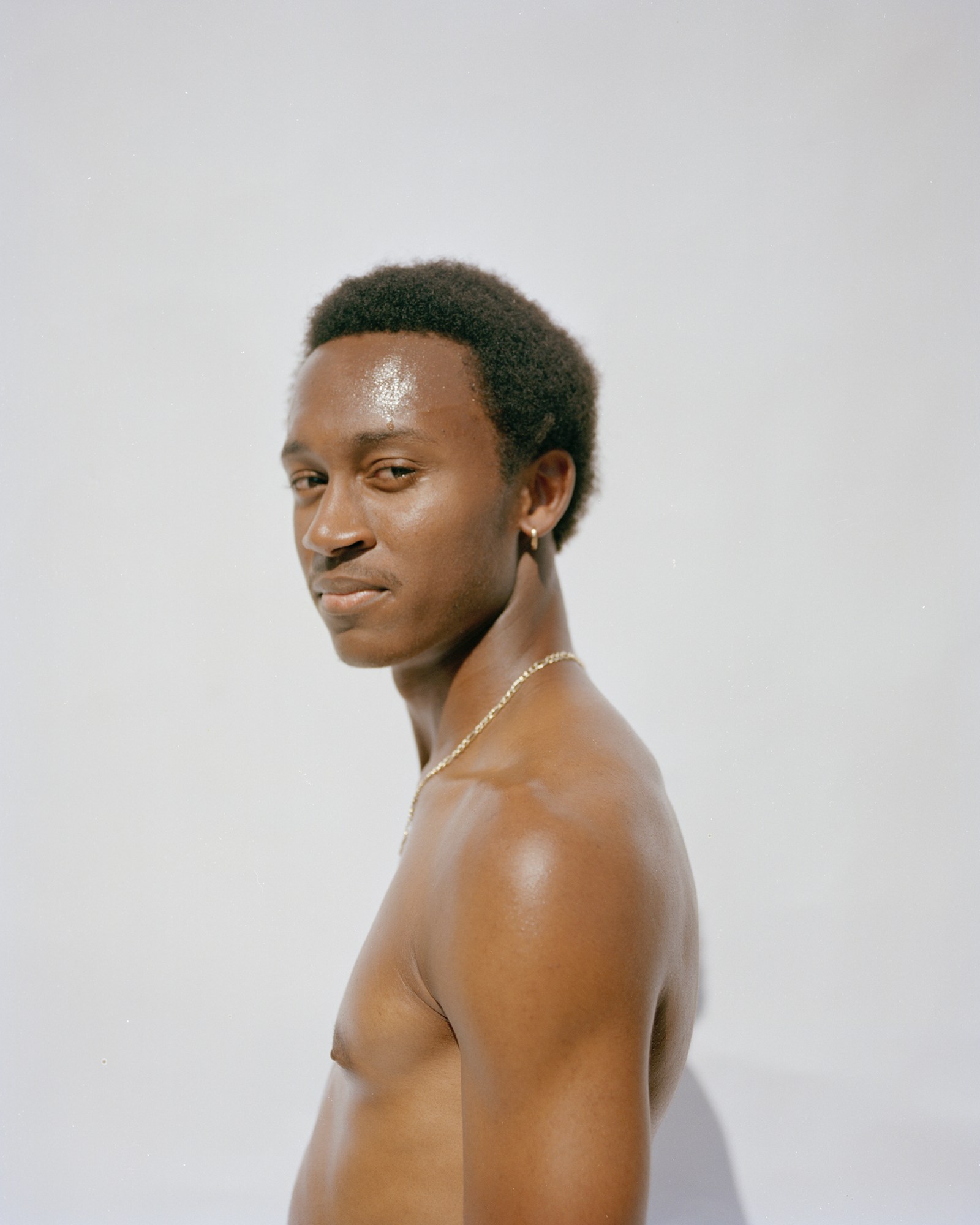



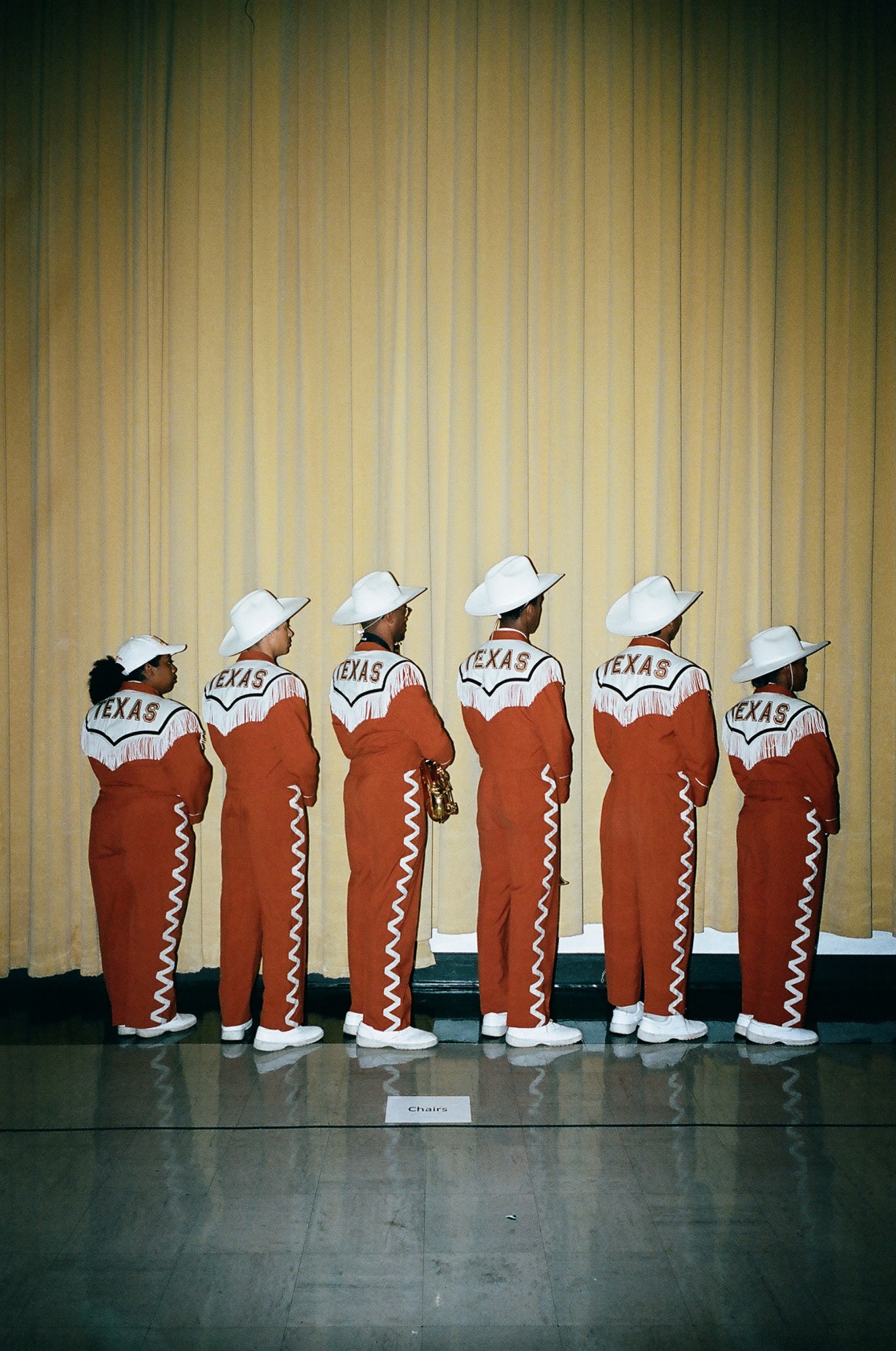
Credits
Photography Adraint Bereal
